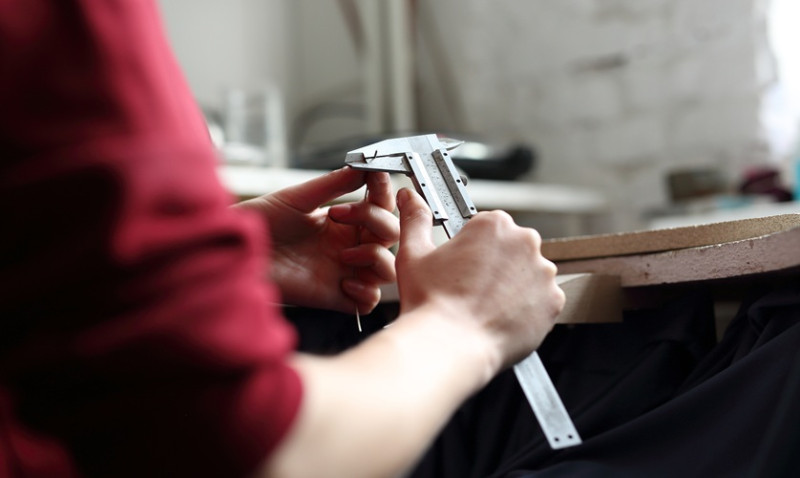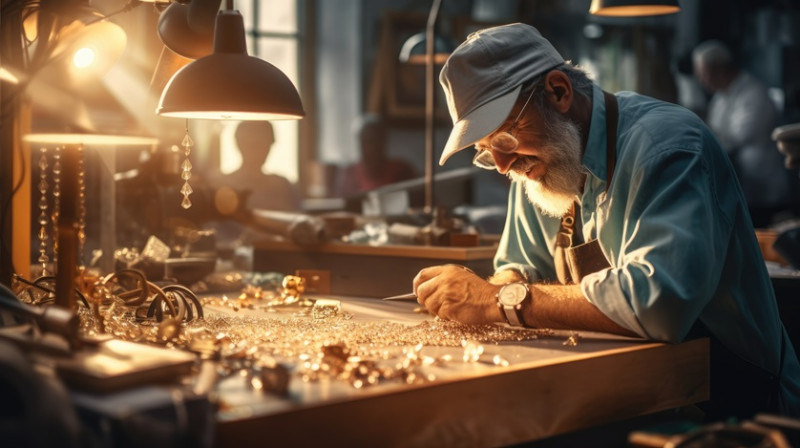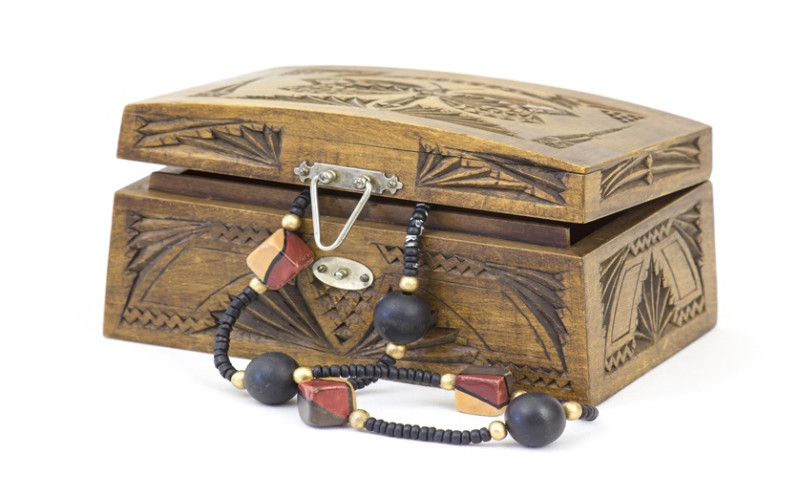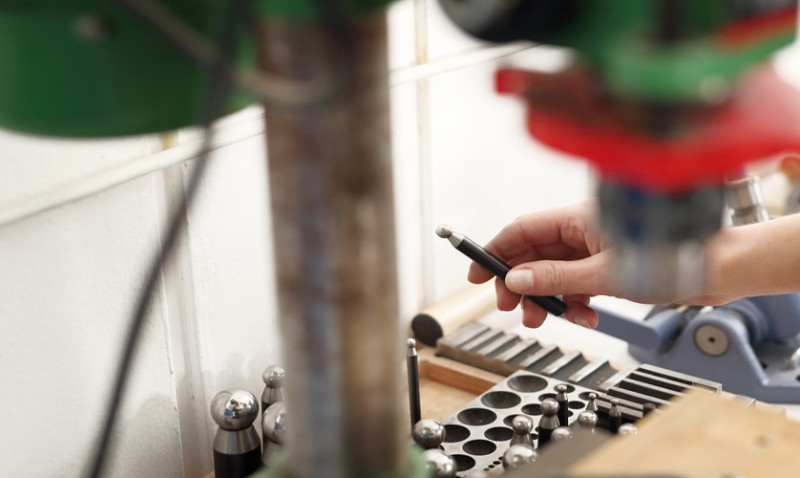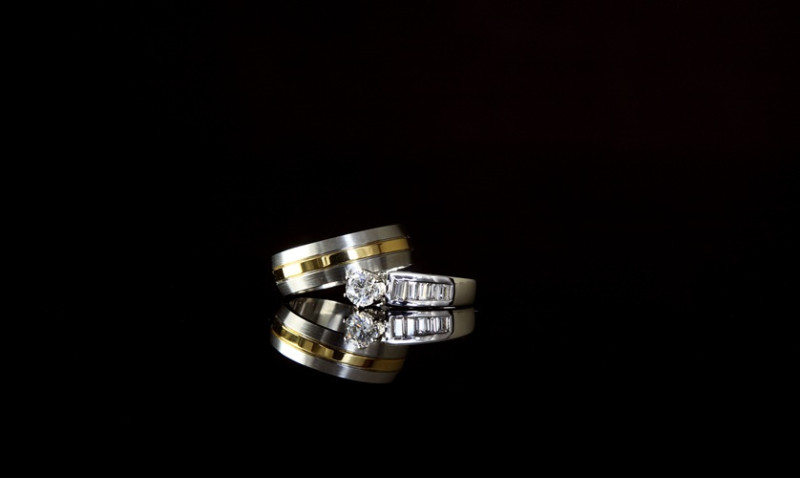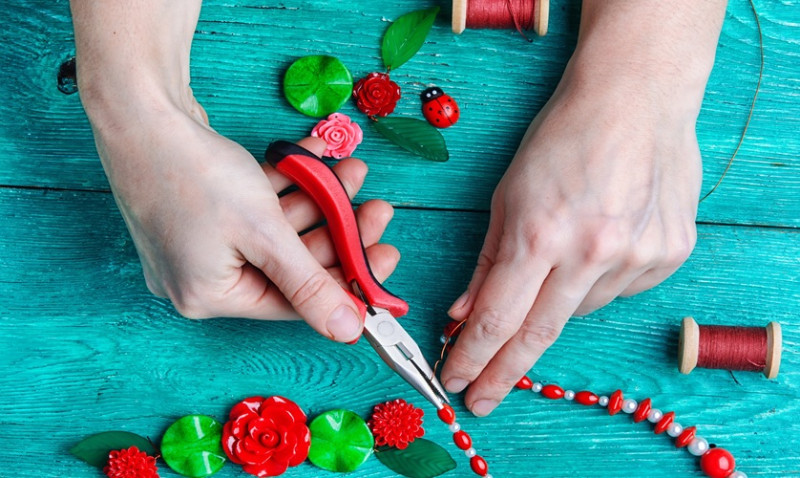
Soldering is at the heart of successful jewelry making. Whether you're a DIY hobbyist, an interior designer sourcing bespoke hardware, or a skilled tradesman completing high-end decorative finishes, controlling your torch flame is essential for producing precise, professional results. A well-managed flame can mean the difference between neat, secure joints and burnt, brittle materials. In this post, we’ll go over everything you need to know about getting the most from your torch when soldering metals like silver, brass, or gold.
Knowing how to control the size, shape, and temperature of your torch flame is as critical as selecting the right solder. Poor flame control can result in overheating, discoloration, or even melting parts of your piece you wanted to preserve. Luckily, a few foundational techniques can help any UK-based maker refine their flame-handling skills and gain better results in every project, from custom pendants to decorative metal detailing in interior settings.
Let’s dive into the details and show you how to master torch control for cleaner, stronger, and more precise solder joints that elevate your craft.
Understand the Types of Torch Flames
Before you begin soldering, it’s important to understand that not all torch flames are the same. The character of your flame depends on your fuel type and the torch model you’re using. Most jewelry makers in the UK tend to use butane, propane, or a mix of propane and oxygen. Each creates a slightly different flame environment, which affects how heat is applied to your piece.
A soft flame from a butane torch may be great for small, intricate work, especially with silver. By contrast, a propane-oxygen mixture produces a hotter, more focused flame that is ideal for larger pieces or thicker metals. Always match the torch to your task — and more importantly — know how to adjust the flame to get the right temperature and size for the job.
You will generally be working with either a neutral, oxidizing, or reducing flame. A neutral flame (a balanced mix of fuel and oxygen) is ideal for most soldering as it provides consistent, controllable heat without introducing too much oxygen, which can oxidise your metal. Tilt toward oxidising, and you risk burning the piece; too far toward reducing, and you generate soot.
The flame consists of multiple zones. The inner cone (the bright blue centre) is the hottest part of the flame and should typically hover just above your piece for maximum control. Keeping these zones in mind improves heating focus, reduces risk of overheating the flux, and helps achieve a clean solder line.
Adjust Flame Size and Heat Output
One of the most common mistakes beginners make is using a torch flame that’s either too big or too small for the job. Controlling the flame size directly improves your soldering success. A flame that’s too strong can overheat and oxidise your work, while one that's too weak may never get the solder flowing.
If your torch allows adjustment, always start with a mid-sized flame and fine-tune based on real-time feedback. Listen to the sound of the flame — a gentle hiss is ideal. A loud roar often means the flame is too harsh and could damage delicate components or dislodge smaller pieces during heating.
For fine jewelry pieces, such as rings or earrings, a small, focused flame will give you precision without scattering heat to nearby joints. Use a micro torch or jeweller’s torch with a fine tip nozzle for detailed work. For larger decorative hardware like brass cabinet pulls or steel elements, especially when fabricating for interiors, a wider flame with more output may be necessary to evenly distribute heat.
Many modern torches designed for jewelry making offer interchangeable tips that allow you to control flame width and intensity. Having a set of tips enables professionals and DIY enthusiasts alike to adapt quickly during complex multi-joint soldering tasks.
Use the Right Positioning Techniques
Your flame’s position is just as important as its size. Keep the inner cone of the flame just above the metal’s surface, not touching it directly. This ensures you're heating efficiently without creating hot spots that can warp delicate designs or damage stones.
Think of soldering as ‘heating the area, not the join’. Direct your flame to evenly warm the surrounding area so the entire metal surface reaches soldering temperature simultaneously. This creates a capillary action to draw in the solder, rather than just melting it on top.
Try to hold your torch at a 45-degree angle to the piece, moving it in small circular or sweeping motions. This prevents heat build-up in a single spot and allows for cleaner, more symmetrical joins. For complex pieces, some makers in the UK also use a third hand or jig to hold components in place, enabling more effective torch movement.
With practice, you’ll gain better control over both torch angle and distance — skills that not only improve solder flow but also reduce oxidation and reduce rework time. Mastering flame positioning is particularly helpful when designing architectural fixtures or heirloom-quality gifts that call for strength and sophistication.
Pre-flux and Pre-heat Correctly
Successful soldering begins before you light your torch. Applying flux correctly can dramatically improve how your flame behaves. Flux helps clean the metal surface as you heat it and promotes even solder flow, but only if it’s activated at the right stage of heating.
First, clean all parts to be soldered using a metal brush or pickle solution — oxidation, grease, or oils will disrupt solder flow and reduce joint strength. Apply an even coat of flux (borax-based flux is a favourite among UK makers) using a small brush, especially around the seam or joint areas.
When pre-heating, resist the urge to jump straight to the joint. As discussed, heat the entire piece methodically to allow flux activation and to bring both parts to an even temperature. Uneven heating creates weak joins or solder pooling.
Once the flux turns glassy or slightly translucent, you know it's time to bring your flame closer to the joint. This is the critical heat window — too soon and the solder won’t flow, too late and you risk overheating the joint or burning off the flux entirely.
Keep Safety Top of Mind
Working with open flame requires proper precautions. Always solder in a well-ventilated space and wear appropriate safety gear: goggles, non-flammable clothing, and a heat-resistant surface or soldering block are essentials. Keep a fire blanket or extinguisher nearby, especially when working with larger or gas-fueled torches.
When adjusting your flame or changing torch tips, ensure that gas cylinders are turned off and cool to the touch. Always check for gas leaks using soapy water before soldering — look for any bubbles that indicate escaping gas.
Soldering small items at a tabletop is one thing, but if you’re working on-site — such as attaching custom jewelry into bespoke furniture or fitting decorative hardware in interiors — ensure all flammable materials are cleared away and that you have solid fire-resistant barriers in place.
Though these safety steps might seem obvious, many professionals in the trades or high-end design in the UK often skip them when under pressure or working in tight timelines. Make flame safety a conscious habit, not an afterthought.
Troubleshooting Common Soldering Problems
If you're struggling with poor solder flow or discoloured joints, the culprit is very often the flame. Here's a quick diagnostic table to help you resolve common issues.
| Problem | Likely Cause | Solution |
|---|---|---|
| Solder won't flow | Flame too cool or uneven heating | Increase flame size and preheat entire piece before targeting joint |
| Solder flows away from joint | Overheating one area | Heat more broadly around the join for even flow |
| Oxidation on metal | Flame too oxidising or no flux | Adjust flame to neutral, reapply flux |
| Burnt or melted metal | Flame too hot or too close | Back off or reduce flame strength, control angle and distance |
Practice, Patience and Torch Mastery
Like any craft, soldering with a torch is as much an art as it is a science. Mastery comes with consistent practice — and, often, a few mistakes. Don't be afraid to experiment with settings, try different nozzles, or spend time observing how various flame types behave on scrap metal before moving onto finished pieces.
For aspiring jewelry makers and tradesmen across the UK, a steady hand and a well-tuned flame will unlock new creative possibilities — from bespoke brooches to unique metalwork details in residential interiors.
Remember: control, not speed, is key. It's better to solder thoughtfully and make strong, clean joins than to rush and deal with failed seams or cosmetic damage later. Keep refining your technique, and soon your torch will feel like an extension of your hand.
With the tips above, you're now equipped to take your soldering results to the next level. Whether you're working from your home studio in Manchester or custom-fitting decorative trims in a London townhome, flame control sits at the core of your project's integrity and beauty.

